Lucien Fontanarosa (1912-1975)
Get a Fontanarosa Certificate of Authenticity for your painting or a COA for your Boucher drawing or print.
For all your Fontanarosa artworks you need a Certificate of Authenticity in order to sell, to insure or to donate for a tax deduction.
How to get a Fontanarosa Certificate of Authenticity is easy. Just send us photos and dimensions and tell us what you know about the origin or history of your Fontanarosa painting, drawing or print.
If you want to sell your Fontanarosa painting, drawing or print use our selling services. We offer Fontanarosa selling help, selling advice, private treaty sales and full brokerage.
We have been authenticating Fontanarosa and issuing certificates of authenticity since 2002. We are recognized Fontanarosa experts and Fontanarosa certified appraisers. We issue COAs and appraisals for all Fontanarosa artworks.
Our Fontanarosa paintings, drawings and print authentications are accepted and respected worlwide.
Each COA is backed by in-depth research and analysis authentication reports.
The Fontanarosa certificates of authenticity we issue are based on solid, reliable and fully referenced art investigations, authentication research, analytical work and forensic studies.
We are available to examine your Fontanarosa painting, drawing or print anywhere in the world.
You will generally receive your certificates of authenticity and authentication report within two weeks. Some complicated cases with difficult to research Fontanarosa paintings or drawings take longer.
Our clients include Fontanarosa collectors, investors, tax authorities, insurance adjusters, appraisers, valuers, auctioneers, Federal agencies and many law firms.
We perform Lucien Fontanarosa art authentication, appraisal, certificates of authenticity (COA), analysis, research, scientific tests , full art authentications. We will help you sell your Lucien Fontanarosa or we will sell it for you.
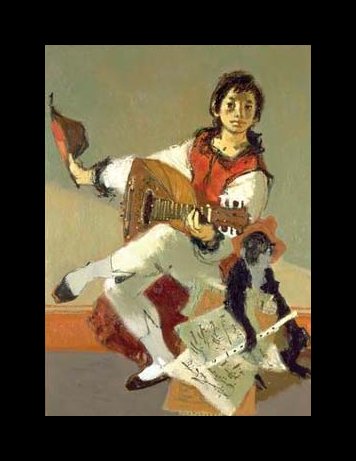
Lucien Fontanarosa was born to Italian parents in Paris where his father worked as a tailor. Fontanarosa grew up in Paris and also in Padua, Italy. He showed interest in art as a child, and spent his free time sketching the streets of Paris as a boy along the banks of the Seine. He took classes in these early years in Classical Art at the Academie Julian.
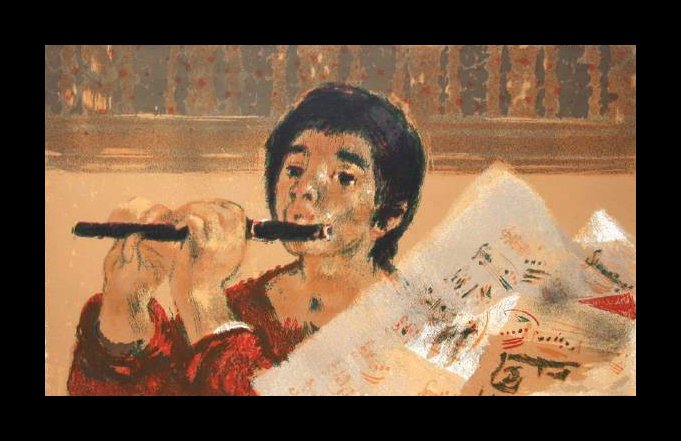
Though his family accepted his love of art, Fontanarosa was still encouraged to learn a trade, so he turned to lithography and took classes at the Ecole Estienne in Paris. He is awarded a scholarship by the Ecole Estienne in 1931 which allows him to travel to Tunisia. Here is able to flex his Orientalist side.
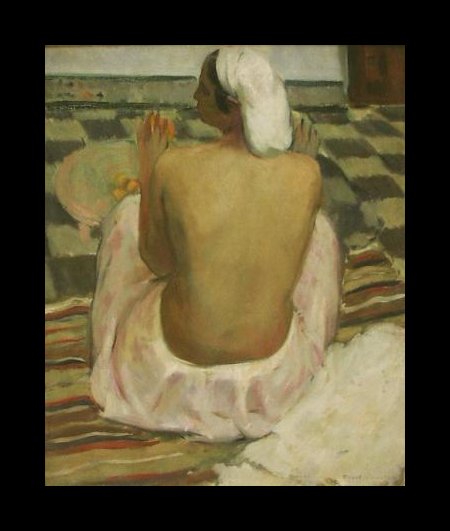
That same year he attended the Ecole des Beaux-Arts and was able to set up a studio in an abandoned shop. Fontanarosa is inspired by the work of the Cubists at this time, however, he would essentially become a Post-Impressionist/Expressionist painter. In 1932, he began to exhibit more and more, and the following year he met fellow art student Annette Faive who would become his wife.
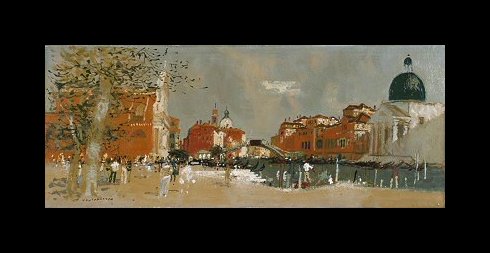
From 1937-1939, Fontanarosa lived and worked in Rome where he worked in Ingres’ studio. He would also take his work outdoors and paint around the city at various famous monuments and regions of Italy, especially Tuscany.
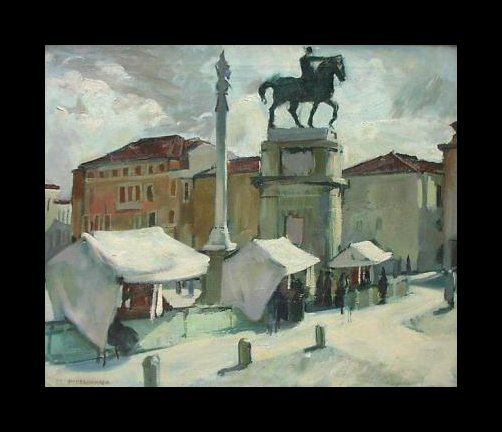
In 1939, Fontanarosa was drafted into the army, but his time in service did not prevent him from exhibiting his work at this time. His stint fighting in World War II was brief, but impacted him emotionally. When he returned in 1940, Fontanarosa destroyed a large portion of the work he had left behind in his studio and started his career anew.

Throughout his career, Fontanarosa was commissioned by the French government to paint a number of frescoes and other artistic decoration in various buildings. Some of these decorations, such as the Richelieu Lecture Theater in Poitiers have since been destroyed.
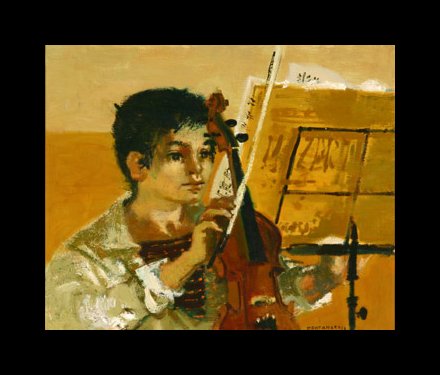
During his lifetime, Fontanarosa found great success as an artist, and had many patrons besides the French government. He traveled extensively around Europe, working and exhibiting in Italy, Holland, Luxembourg and other European countries. His work has also been exhibited in London and even in the United States. He worked on interesting projects, such as creating the cover for Ernest Hemingway’s “For Whom the Bell Tolls” and won a number of decorations and awards as an artist. Fontanarosa was a highly prolific artist and continued to work nearly until his death in 1975, and he is buried today among so many other artists at the Pere Lachaise cemetery in Paris.
Reviews
1,217 global ratings
5 Star
4 Star
3 Star
2 Star
1 Star
Your evaluation is very important to us. Thank you.
